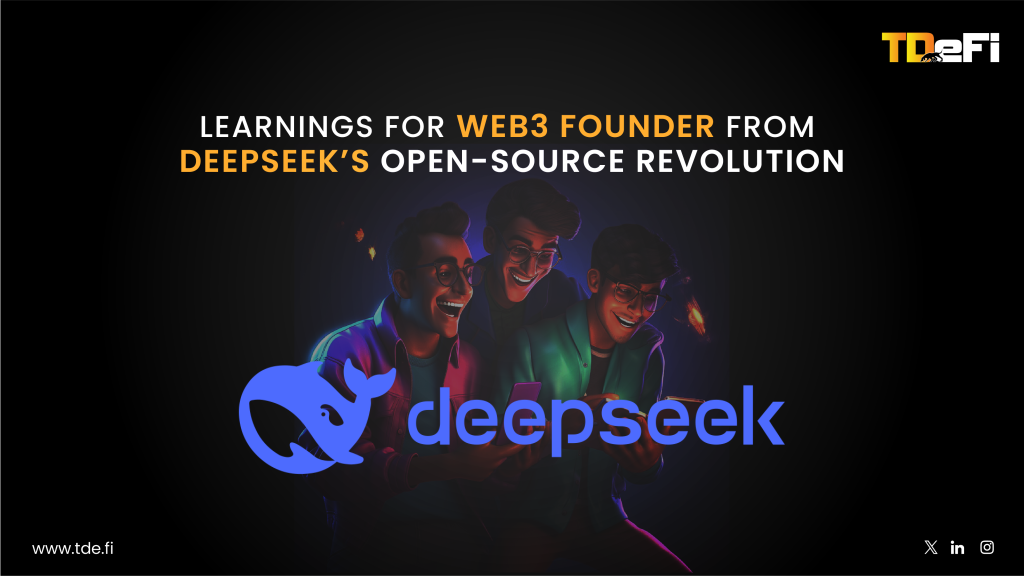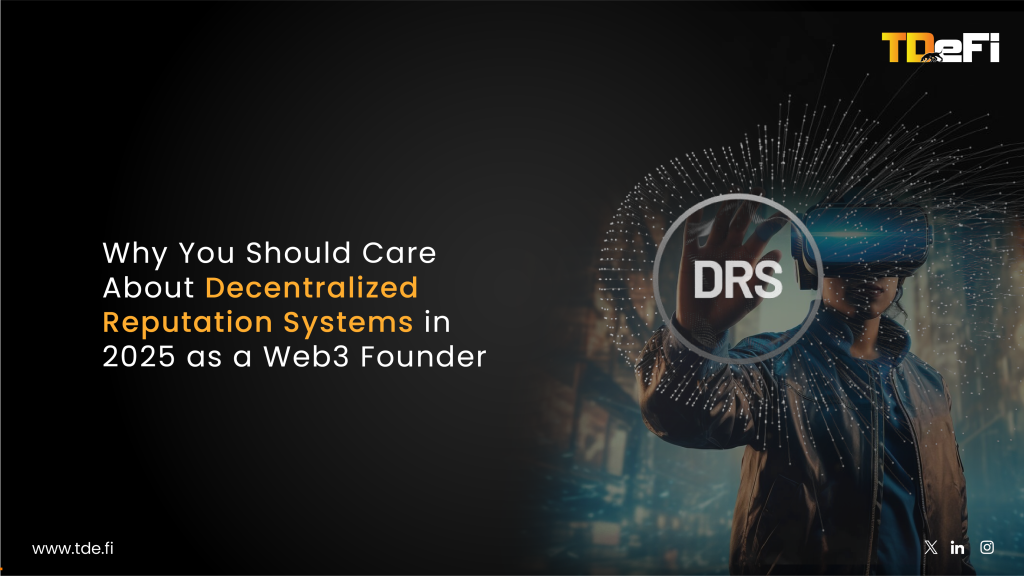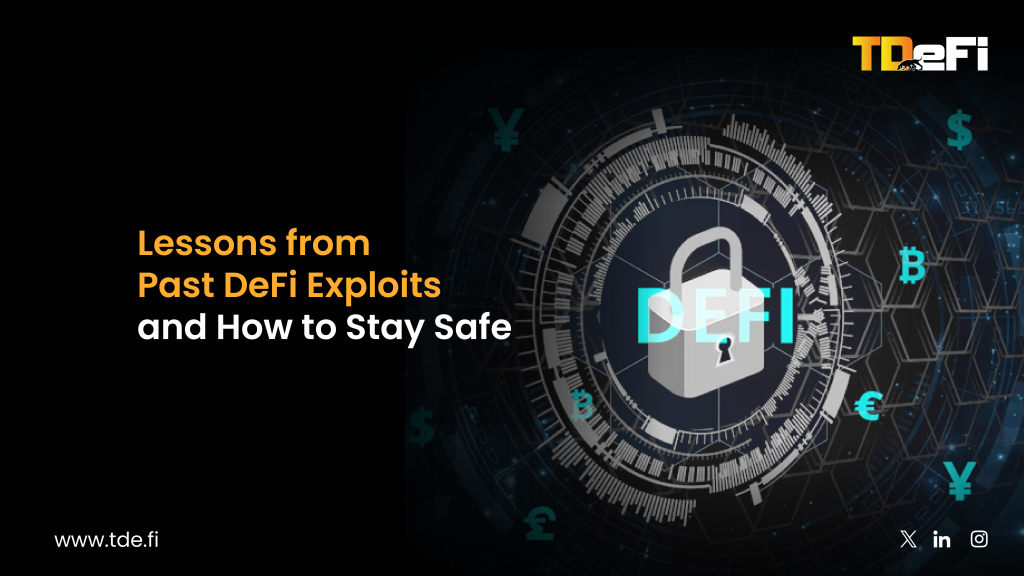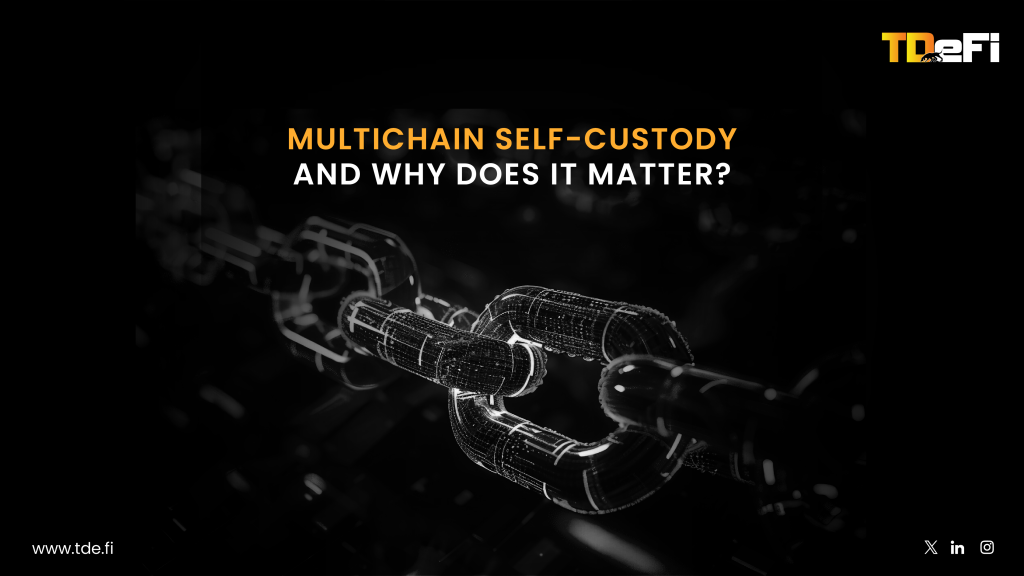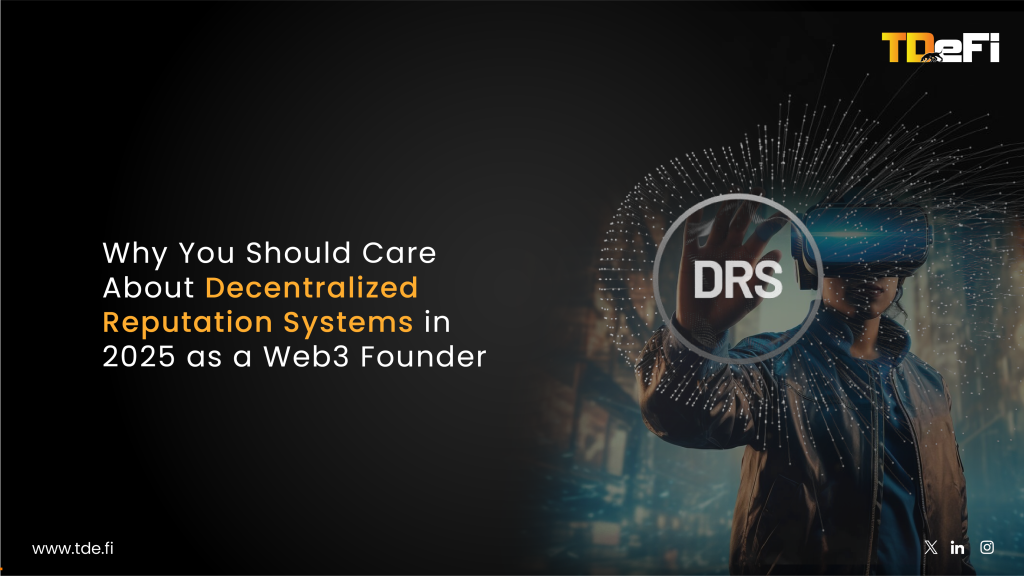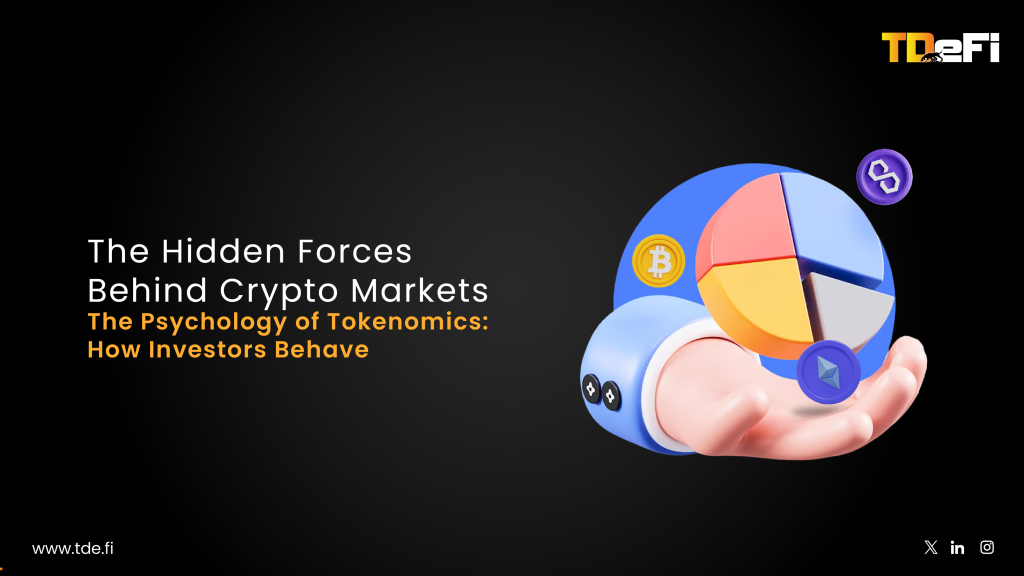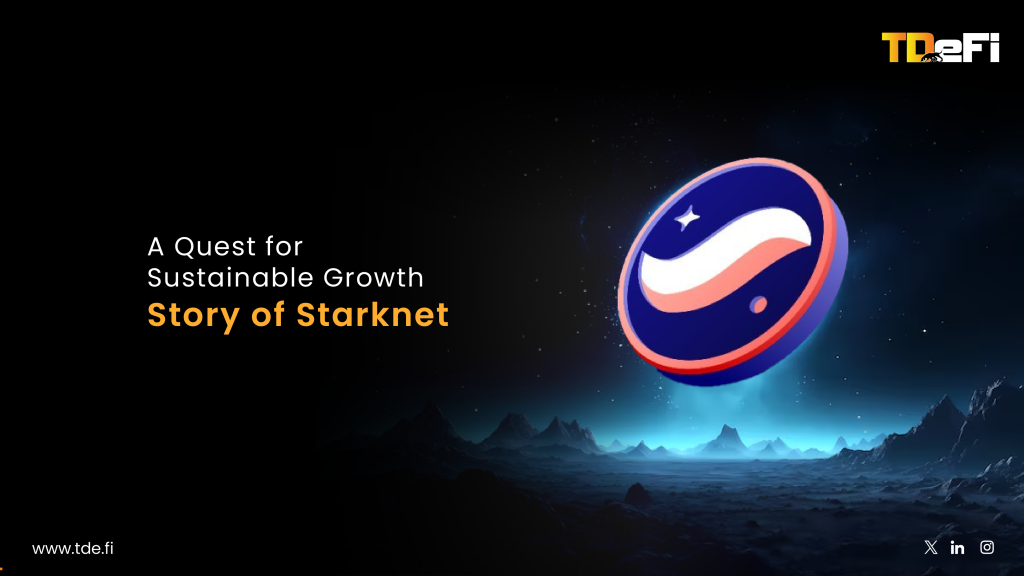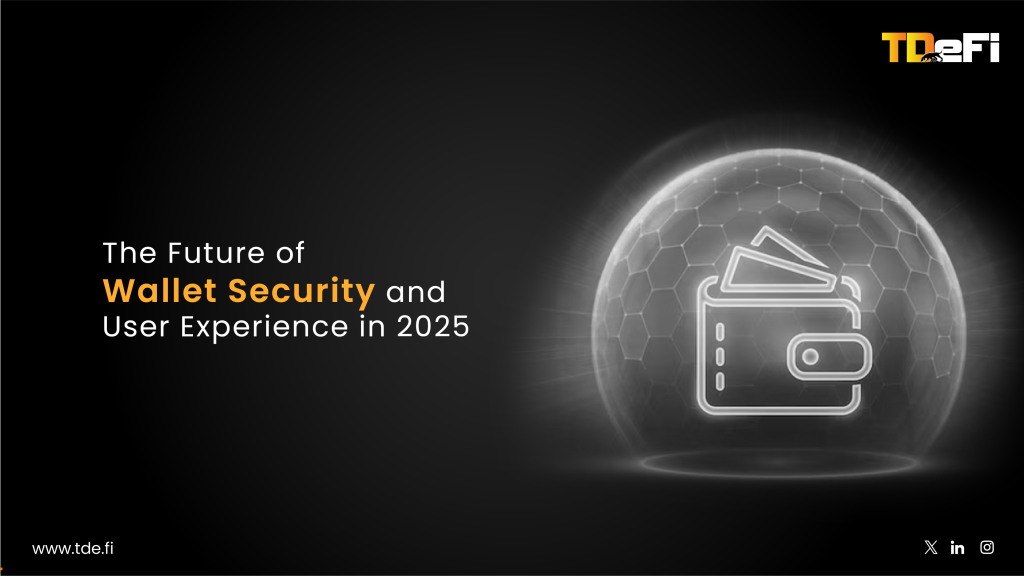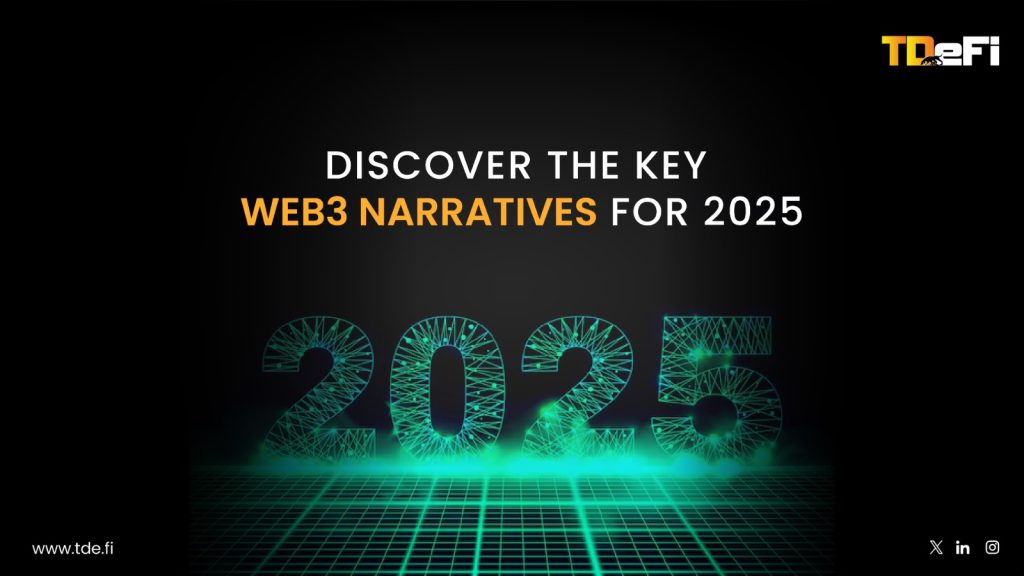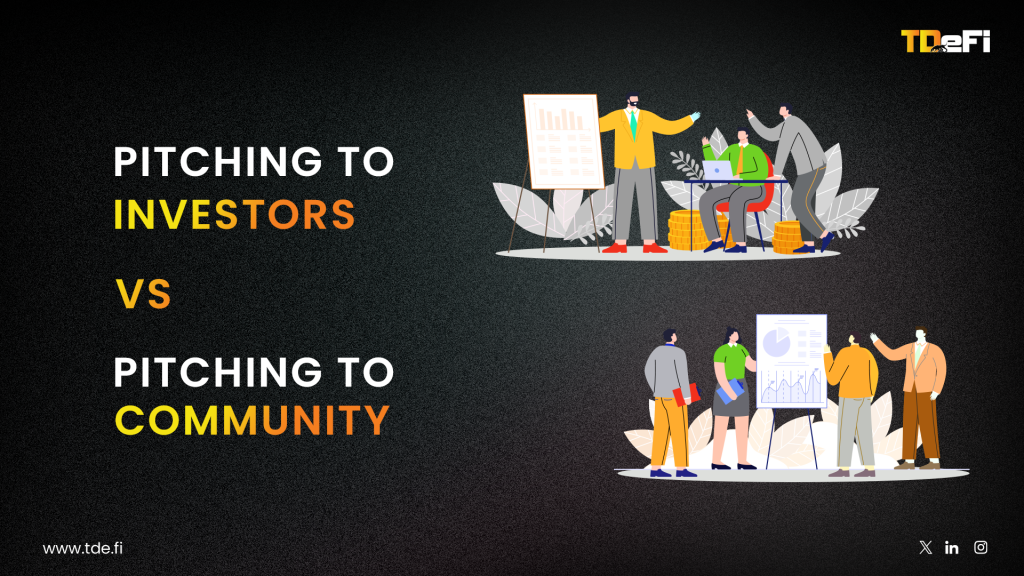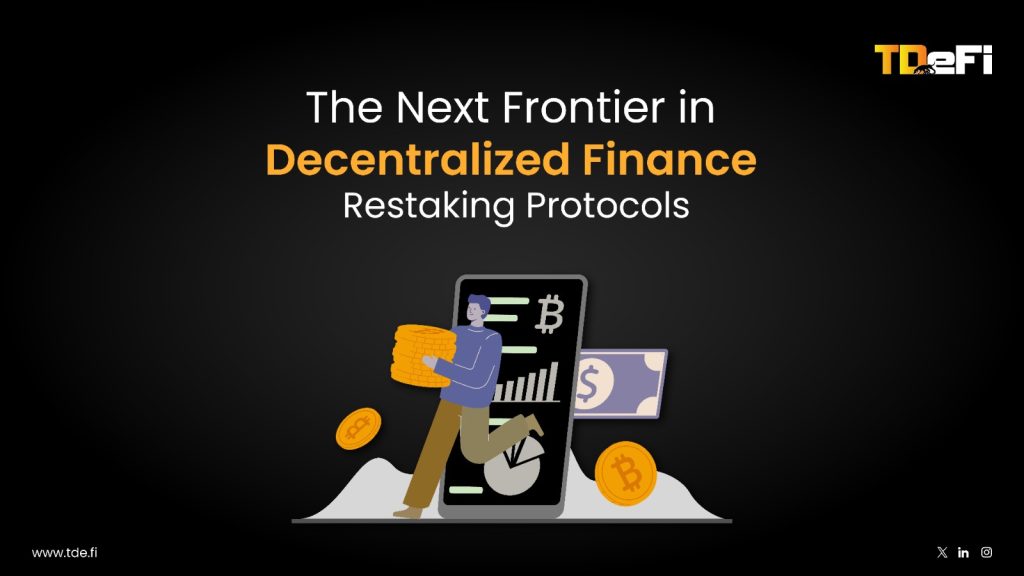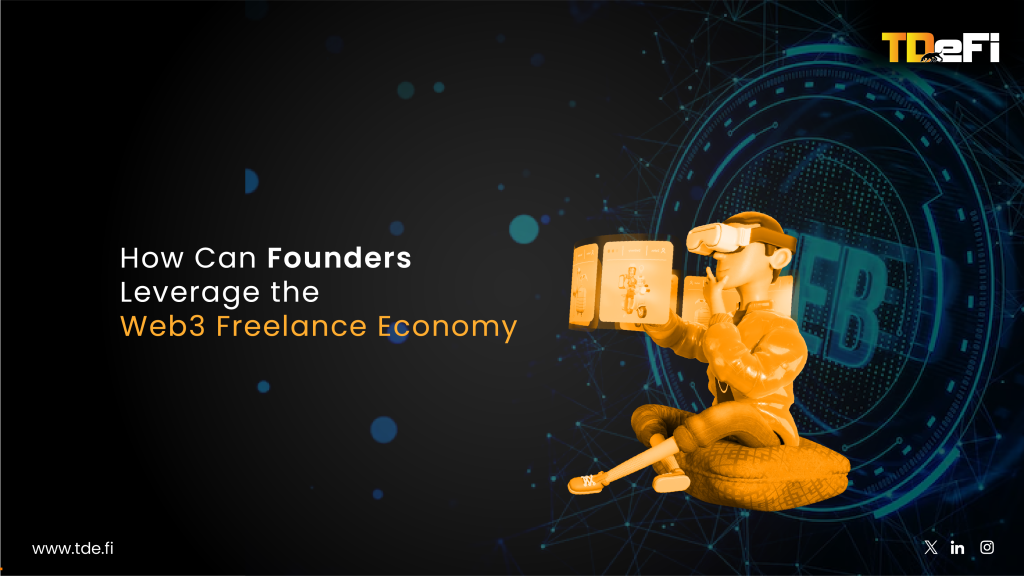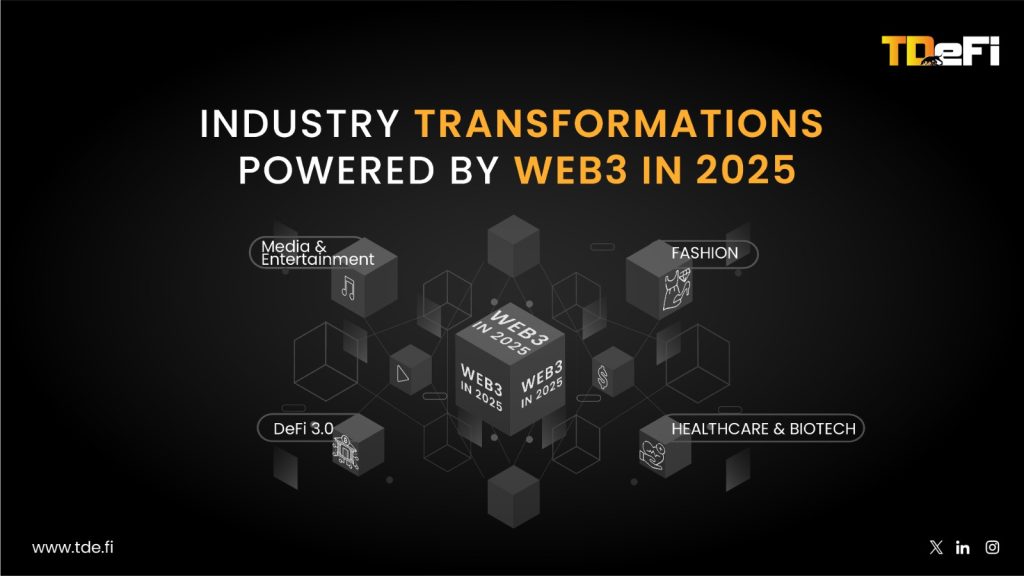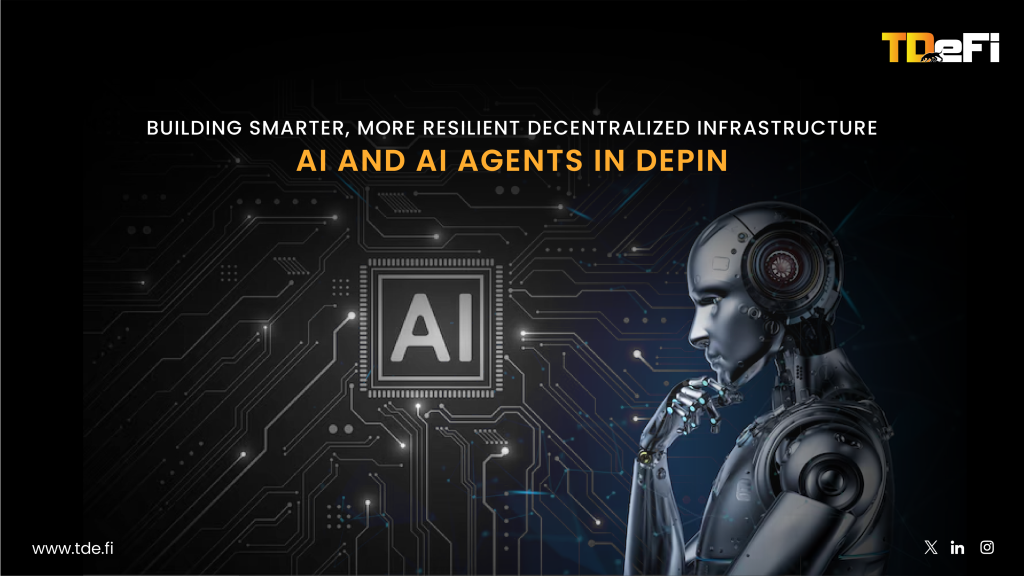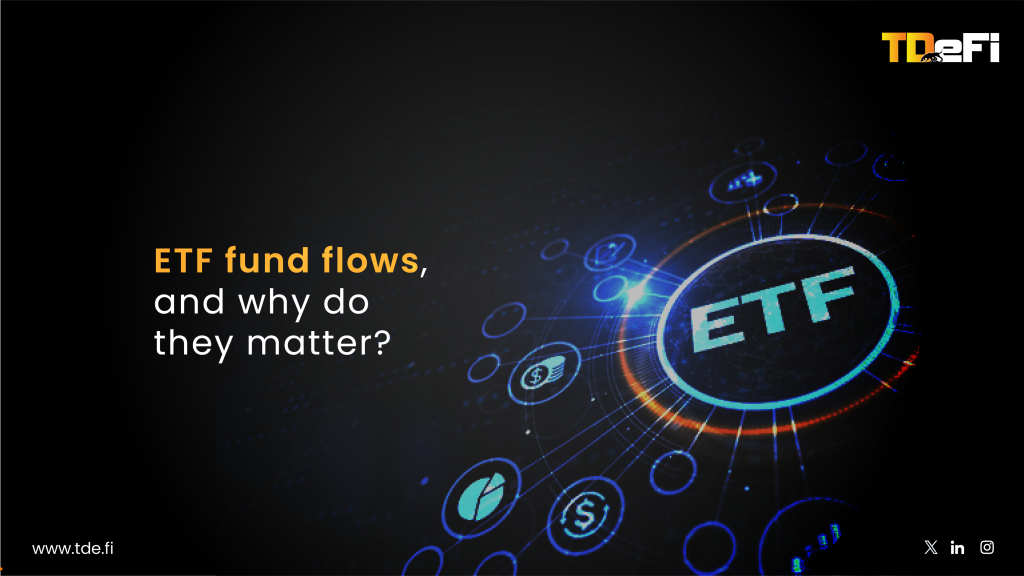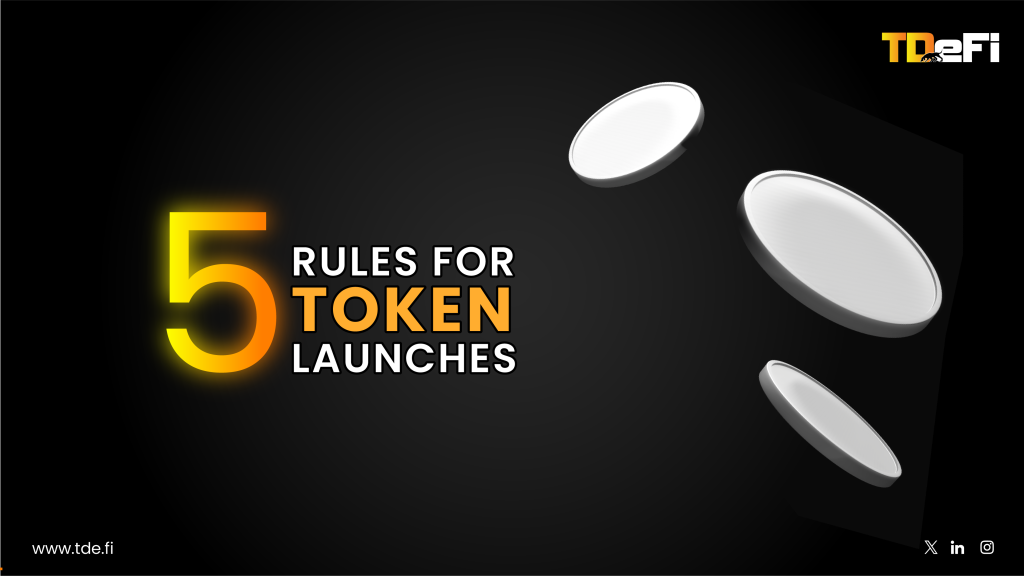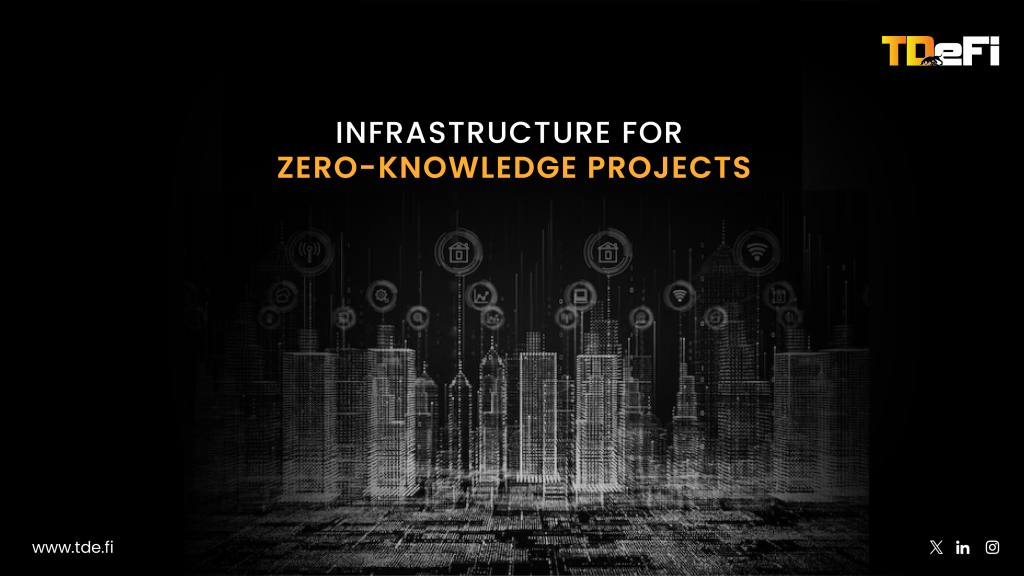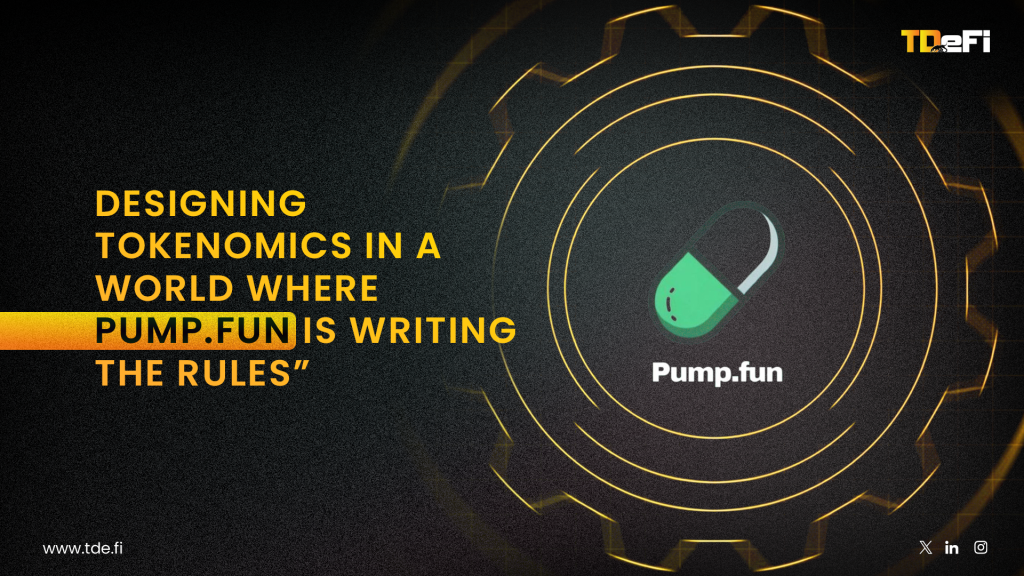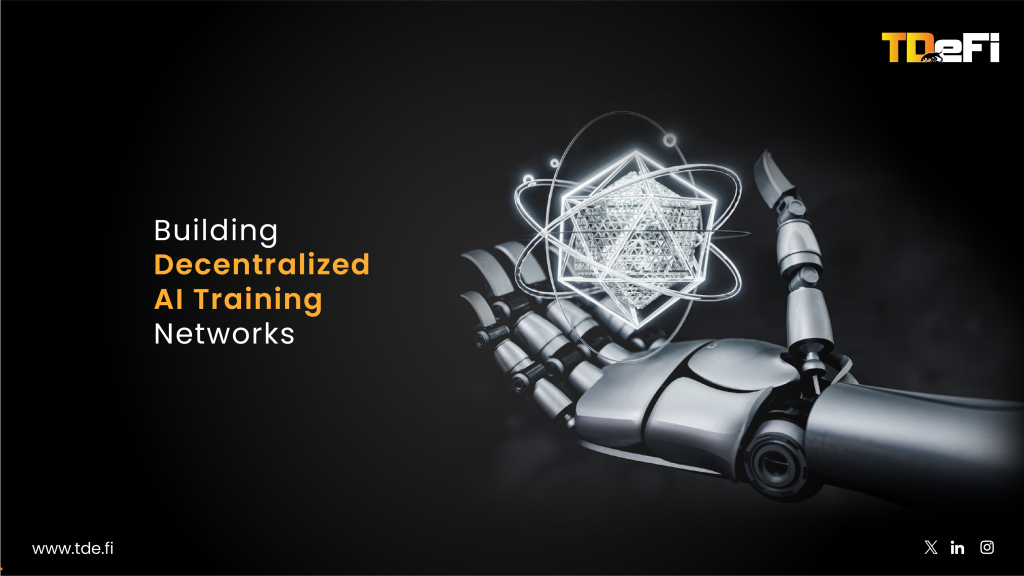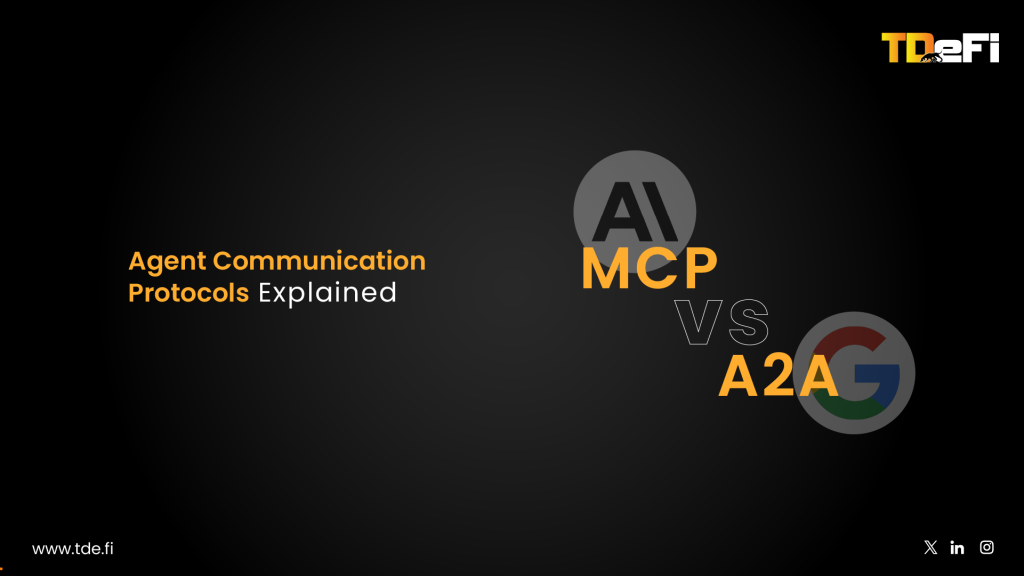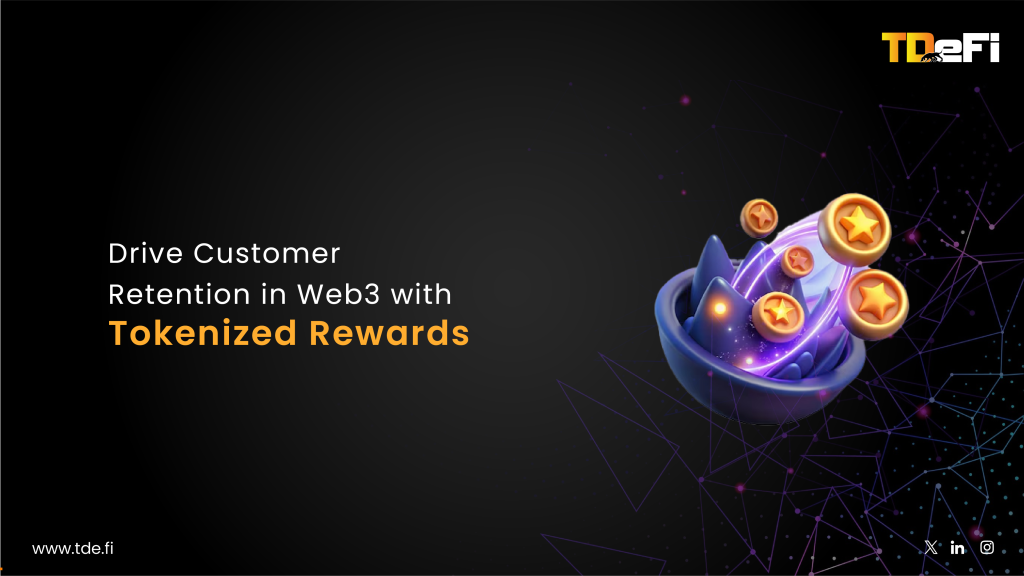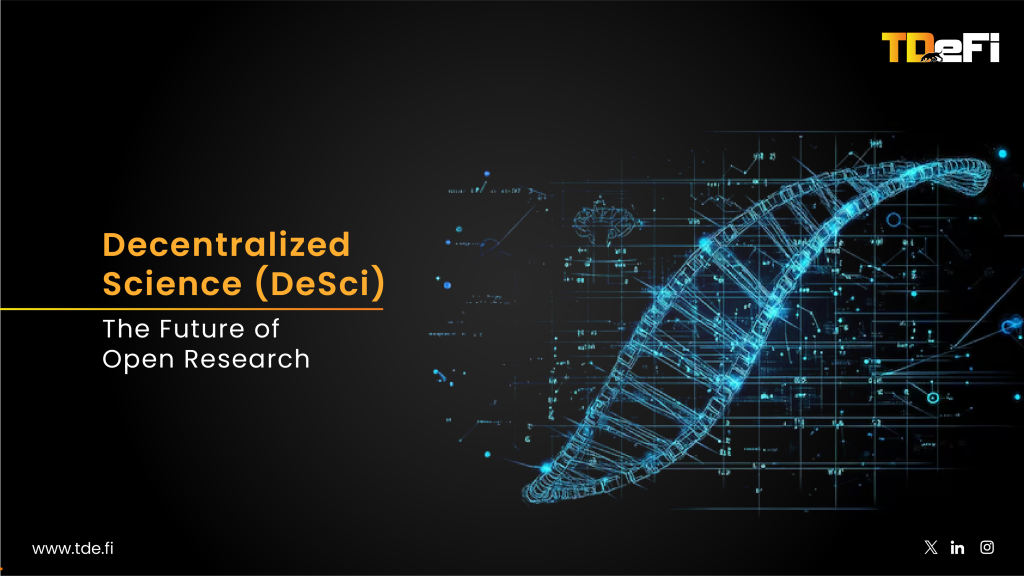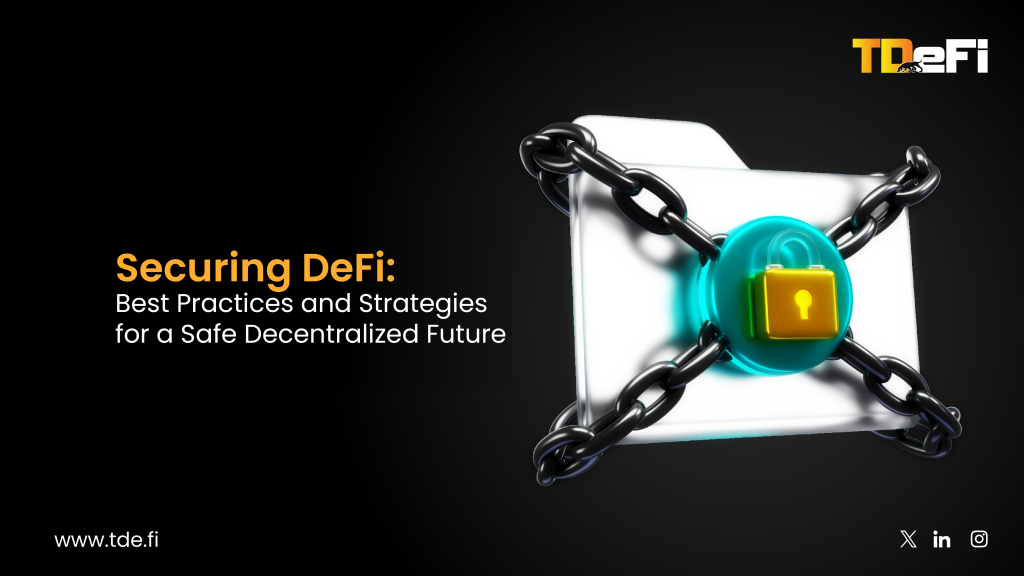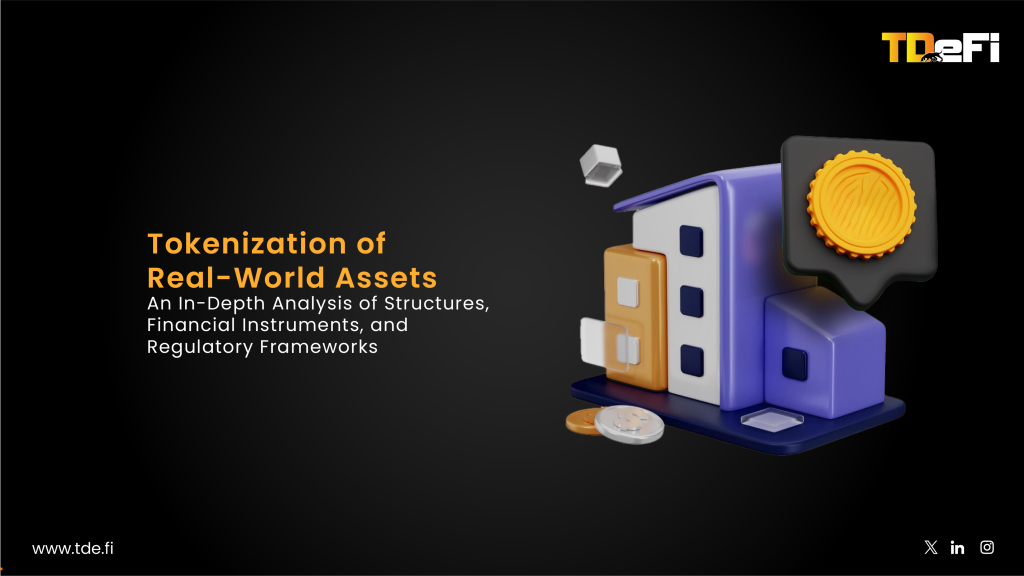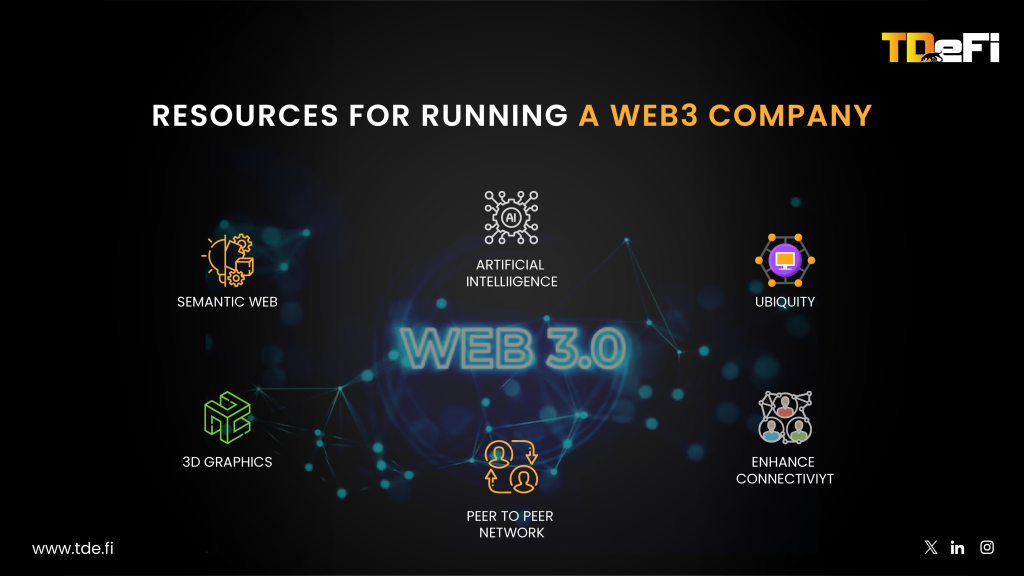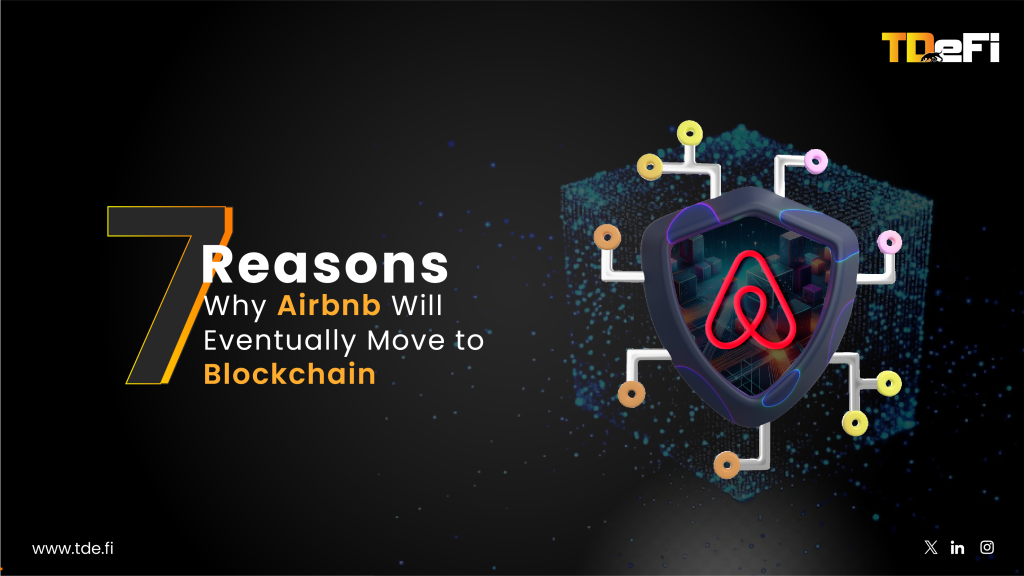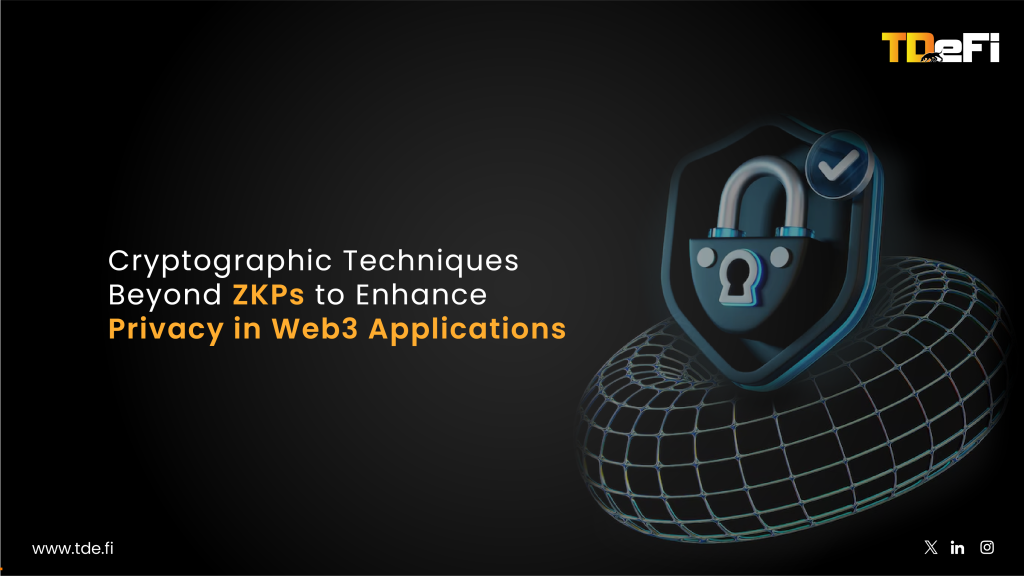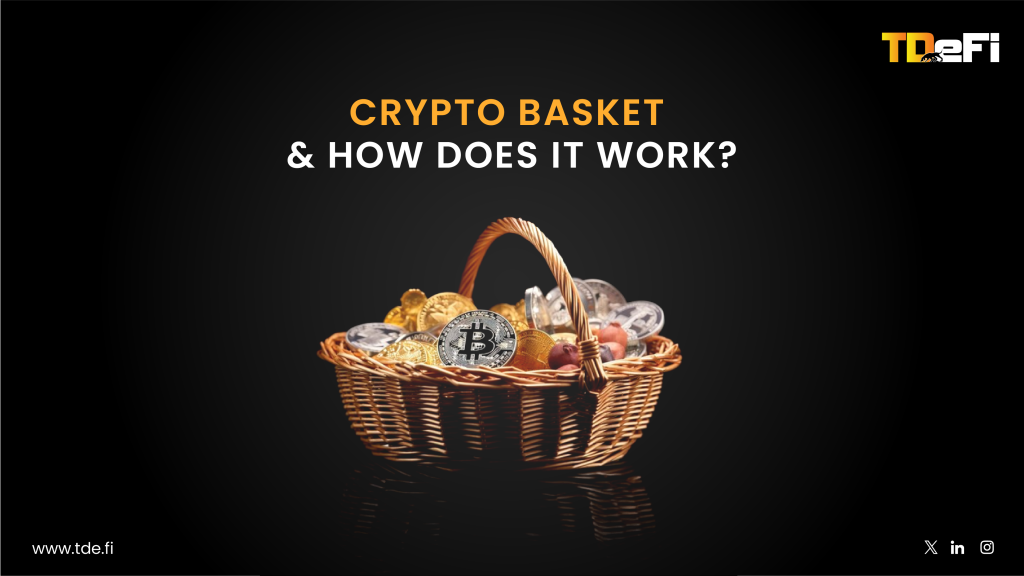TL;DR
Decentralized governance is evolving from a philosophical ideal to a critical business accelerator for Web3 startups. This blog breaks down how founders can implement progressive decentralization, balance stakeholder interests, and avoid common governance pitfalls that have sunk promising projects. With case studies from Optimism’s retroactive funding model, Uniswap’s delegate system, and MakerDAO’s Endgame restructuring, we provide actionable frameworks for using governance to drive growth while navigating regulatory challenges. Learn how to turn your governance structure into a competitive advantage.
Introduction
“We’re giving up control to gain scale.”
This counterintuitive statement captures the essence of Web3 governance. While Web2 founders cling to control, Web3 builders understand that decentralization, when executed strategically, creates network effects that centralized entities cannot match.
Yet the path to effective governance is littered with failed experiments. For every Uniswap or MakerDAO that thrived through governance innovation, dozens of DAOs have collapsed from voter apathy, plutocratic capture, or regulatory uncertainty.
This blog goes beyond idealistic governance theories and explores pragmatic strategies that Web3 founders can implement today to turn governance into a growth engine.
Let’s begin!
A structured framework for decentralization
Decentralized governance is often misunderstood as a binary choice between centralized control and full decentralization. In reality, successful projects adopt progressive decentralization, gradually transitioning decision-making power to their communities over time. This structured approach ensures stability during early development while laying the foundation for long-term scalability.
1. Start Centralized, Decentralize Strategically
Launching fully decentralized might sound appealing but has repeatedly proven ineffective for most projects. Progressive decentralization allows founders to retain control during critical early stages while gradually involving the community as the project matures.
Web3 founders must identify which components of their projects should be decentralized first:
- Security Risk: Lower-risk components (e.g., fee adjustments) can be decentralized earlier.
- Strategic Importance: Core intellectual property should remain centralized until the protocol matures.
- Community Expertise: Decisions requiring deep technical knowledge may need to stay centralized initially.
Example: Optimism started with a centralized foundation managing upgrades and decisions. Over time, it introduced a Token House for protocol parameters and a Citizens’ House for public goods funding. This phased approach allowed Optimism to scale while maintaining security
The Three Phases of Effective Decentralization
Phase 1: Product-Market Fit (Founder-Led)
During the early stages of development, founders should retain control to ensure agility and focus on achieving product-market fit. This phase is critical for maintaining speed in decision-making while testing your product in the market without unnecessary bottlenecks from community votes or debates. Founders should also create a clear governance roadmap that outlines which decisions will be decentralized over time and communicate this roadmap transparently to their community.
Example: Arbitrum launched in August 2021 under centralized control by Offchain Labs. After securing over 55% of Ethereum’s Layer-2 market share, it introduced the ARB token and transitioned to a DAO in March 2023, demonstrating a phased approach to decentralization.
Phase 2: Community Participation (Hybrid Governance)
As your project gains traction and adoption increases, gradually delegate specific decisions to token holders while retaining control over critical upgrades or strategic pivots. This hybrid model ensures that key protocol changes remain under founder oversight while allowing the community to influence operational aspects like fees or risk parameters. Implementing ‘governance mining’ programs can incentivize active participation by rewarding users who engage with the protocol rather than relying solely on token holdings.
Example: dYdX employs a hybrid governance model where token holders vote on trading fees, risk parameters, and market listings, while validators and the foundation oversee core protocol upgrades to maintain stability
Phase 3:Full Decentralization (DAO-Led)
Once the protocol is stable and battle-tested, transition to full community-led governance through specialized structures like sub-DAOs or pods focused on specific areas (e.g., treasury management). This phase requires robust frameworks like constitutions or delegation systems to ensure efficiency without overwhelming token holders with excessive voting responsibilities.
Example: MakerDAO restructured its governance under the ‘Endgame Plan,’ introducing MetaDAOs—specialized sub-DAOs focused on areas like treasury management, product development, and legal affairs. This phased approach enhances scalability while decentralizing decision-making.
Governance Mechanisms That Drive Growth
Decentralized governance can be a powerful growth engine for Web3 businesses when implemented strategically. By aligning incentives, encouraging community engagement, and ensuring transparency, governance mechanisms can attract developers, secure user loyalty, and unlock new revenue streams.
Below, we explore four innovative governance mechanisms that drive growth, followed by real-world examples of their successful application.
1. Modular Governance
Why does it matter?
Adapts decision-making processes as projects scale without requiring disruptive forks or complete overhauls.
Conventional governance models frequently struggle to keep pace with the evolving needs of DAOs. Modular governance offers a solution by empowering projects to tailor their governance systems to their current requirements – from implementing quadratic voting for resource allocation to granting veto authority for critical upgrades. This flexibility mitigates governance bottlenecks and ensures decision-making scales in tandem with the project’s growth.
How It Drives Growth:
- Enables faster decision-making during early stages while maintaining flexibility as the DAO matures.
- Reduces the need for disruptive protocol forks by allowing incremental upgrades to governance structures.
- Attracts developers who value adaptability in governance systems.
Example: Aragon OSx empowers DAOs to tailor governance systems with modular components like multi-sig approvals and optimistic voting mechanisms. For instance, DAOs leveraging Aragon OSx have implemented hybrid models where foundational contributors retain decision-making authority during early stages while token holders influence operational aspects like grant allocations.
2. Hypercert-Driven Funding
Why does it matter?
Ensures treasury resources are allocated efficiently based on provable impact.
One of the biggest challenges in grant funding is measuring impact objectively. Hypercerts tokenize contributions into verifiable on-chain certificates, enabling DAOs to allocate funding retroactively based on measurable outcomes rather than speculative promises. This ensures treasury funds are spent efficiently while incentivizing high-impact contributions.
How It Drives Growth:
- Builds trust among contributors by tying rewards directly to outcomes rather than promises.
- Attracts builders who prefer transparent funding models over subjective evaluations.
- Creates a liquid market for impact-focused capital through hypercert trading.
Example: Gitcoin’s Hypercerts enable builders to tokenize their contributions (e.g., protocol integrations or developer tools) as semi-fungible NFTs, facilitating retroactive funding for impactful work. Hypercerts have been integrated into Gitcoin Grants Beta Rounds to support public goods projects
3. Dynamic Delegation
Why does it matter?
Prevents stagnation while leveraging specialized expertise for high-quality proposals.
Static delegation models often lead to entrenched power among early whales, stifling innovation and participation from newer contributors. Dynamic delegation adjusts voting power based on real-time activity and expertise, ensuring that governance remains meritocratic and responsive.
How It Drives Growth:
- Prevents voter stagnation by reducing power for inactive delegates over time.
- Encourages specialized expertise by allowing token holders to delegate votes to sub-DAOs focused on specific domains (e.g., treasury management).
- Improves proposal quality by empowering active and informed participants.
Example: Balancer’s veBAL system incentivizes long-term participation by requiring users to lock 80/20 BAL/WETH liquidity pool tokens. Voting power decays linearly based on lock duration, and token holders can delegate votes to trusted entities via Snapshot.
4. Reputation-Based Governance
Why does it matter?
Aligns governance with community-building efforts rather than financial holdings alone.
Token-based governance often overlooks non-financial contributions like content creation, community moderation, or technical support. Reputation-based systems reward social capital and expertise with governance rights, creating meritocratic systems resistant to plutocracy.
How It Drives Growth:
- Incentivizes quality engagement by rewarding contributors with voting power based on reputation rather than token holdings alone.
- Builds stronger communities by recognizing non-financial contributions like moderation or advocacy efforts.
- Attracts diverse stakeholders who may not hold significant financial assets but add value through expertise or influence.
Example: Lens Protocol, a decentralized social media platform built on Polygon, empowers users through community-driven governance mechanisms. It prioritizes user privacy, data ownership, and modularity.
Closing Thought
Decentralized governance is a strategic lever for scaling Web3 businesses. By adopting innovative mechanisms discussed in this blog, founders can align incentives, promote participation, and create resilient ecosystems that succeed in the fast-paced Web3 space.
For founders handling the complexities of governance design, having access to expert guidance and proven frameworks can make all the difference. Whether you’re exploring new governance models or refining existing ones, leveraging insights from industry leaders and adopting strategies tailored to your project’s unique needs can position your startup for long-term success.
Ready to explore how decentralized governance can scale your Web3 business?
Connect now to learn how TDeFi supports Web3 startups in building sustainable ecosystems that align vision with execution.


